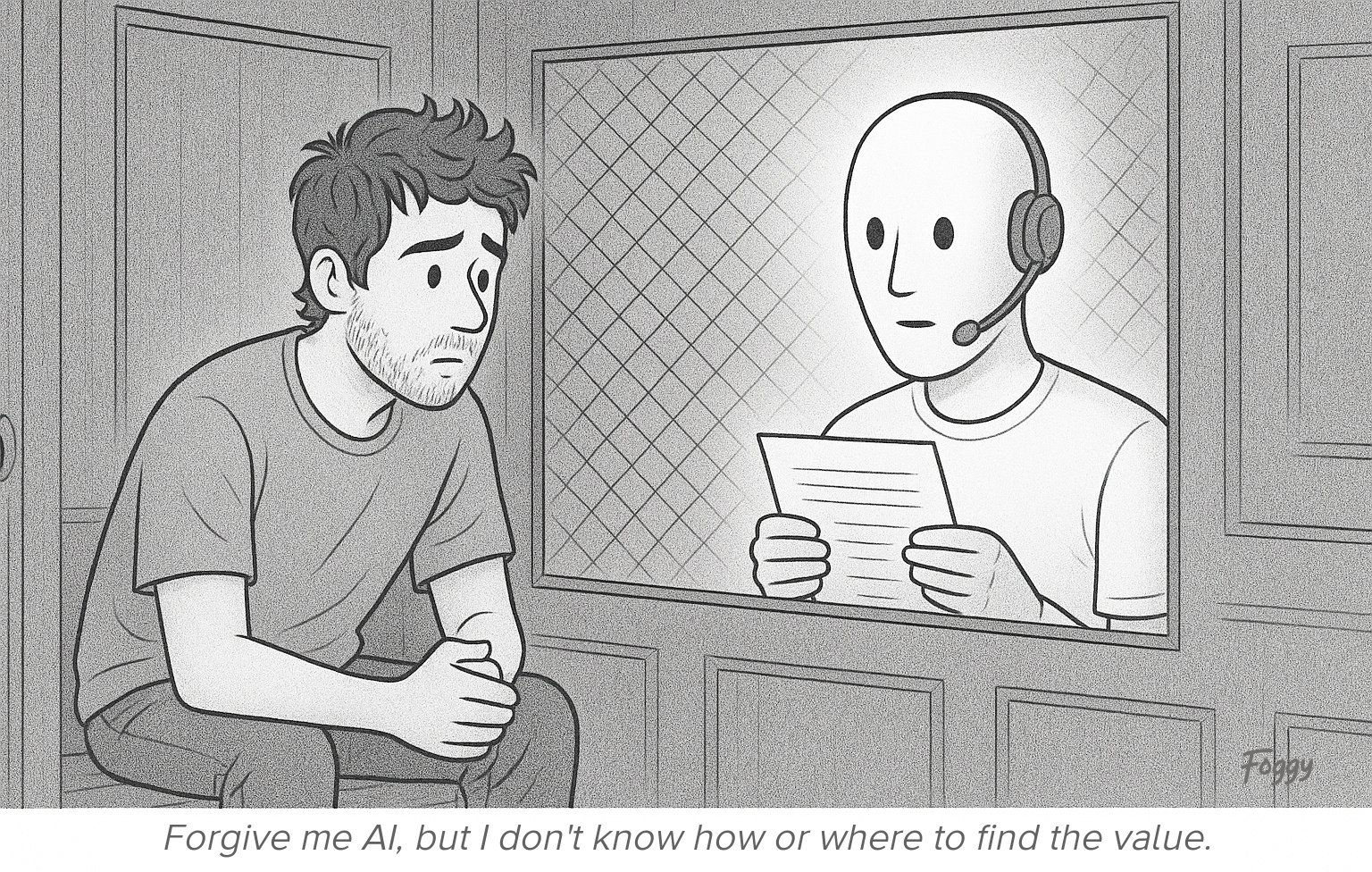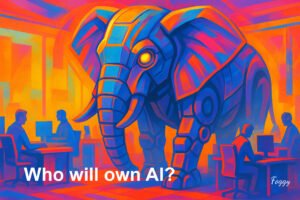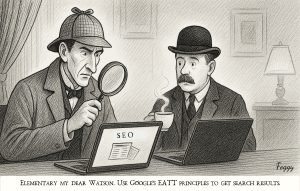Let’s talk about something most marketers are whispering about, but few are confronting head-on: AI anxiety.
At this year’s Meltwater Summit in NYC, 43% of marketers admitted they still don’t know how to get value from AI. Let that sink in. Nearly half of the industry is investing in tech they don’t really know how to use.
This isn’t about falling behind. It’s about running blindfolded into a future we’re expected to lead.
How Does This Fit Into My Strategy?
One quote from the summit stuck with me:
“I don’t know how my bit fits into the overall business plan.”
That came from Rob Harles of dig.human, which perfectly sums up the marketer’s current AI conundrum.
We’re deploying tools without a blueprint. We’re asked to deliver ROI without knowing what success should look like. And it’s not because marketers aren’t savvy — it’s because AI’s promise has outpaced practical understanding.
My Take: We’re Expecting Too Much from the Tools, Too Little from Ourselves
AI isn’t going to magically solve marketing’s toughest challenges — unless we know what we’re asking it to do. This is what Brittany Paxman (Point 600) meant when she said, “AI is only as good as the questions it’s asked.”
So here’s my honest challenge to marketing leaders:
- Stop looking at AI as a magic box.
- Start treating it as a creative and strategic collaborator.
We need to lead AI, not wait for it to lead us.
The Real Value? Clarity, Not Just Efficiency
Everyone’s chasing efficiency, but what if AI’s biggest gift is clarity?
Tools like Mira (just launched by Meltwater) and Fiverr Go are great examples of systems that synthesize, surface, and contextualize insight. The key isn’t just producing faster, it’s understanding faster — market sentiment, campaign resonance, content fatigue, and customer intent.
Imagine saying, “This message will land better on Wednesday, with this CTA, in this tone,” — because the AI saw the patterns you didn’t have time to dig for.
That’s not just automation. That’s intelligence.
Creatives: You’re Not Being Replaced
One final myth to put to rest: AI isn’t here to write your campaign or craft your pitch. It’s here to enhance your creative process, like a good intern who never sleeps and has access to the internet’s brain.
Think about this way:
“Use AI to elevate your storytelling, not delegate it.”
If you’re afraid of losing your creative spark to machines, you’re using them wrong.
What Should Marketers Do Next?
Here’s my advice, based on real challenges from the field:
- Define what success looks like before using the tool.
If you can’t measure impact, you won’t find it. - Treat AI like a team member, not a tactic.
Train it, test it, and collaborate with it. Don’t just deploy and hope. - Get comfortable experimenting — fast.
Pilot different functions. Learn what your AI stack needs to do. - Invest in AI fluency across your org.
Your strategist, your PR lead, your creative — they all need baseline understanding. - Build frameworks, not just outputs.
AI should feed into systems — messaging calendars, brand voice guidelines, and decision trees.
Final Word
AI is not the enemy. But there might be a lack of clarity about its role.
Marketers, it’s time to ditch the anxiety and embrace the awkward learning curve. Because we’re not just adopting AI — we’re building a new kind of intelligence into everything we do.
And if we don’t? Someone else will. Faster, smarter, and with way more data behind them.
Recent AI Marketer post:
Please and Thank You Etiquette is Costing AI Money and Energy
By Jeff Domansky, Managing Editor, AI Marketer Blog











